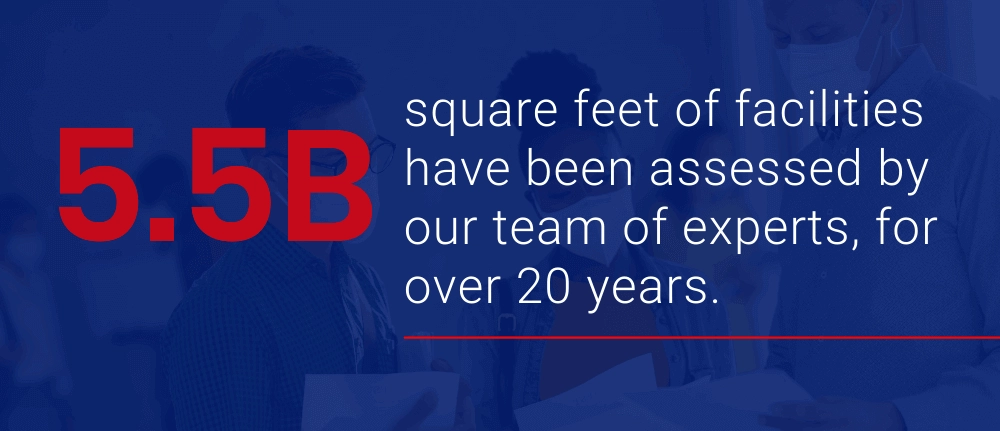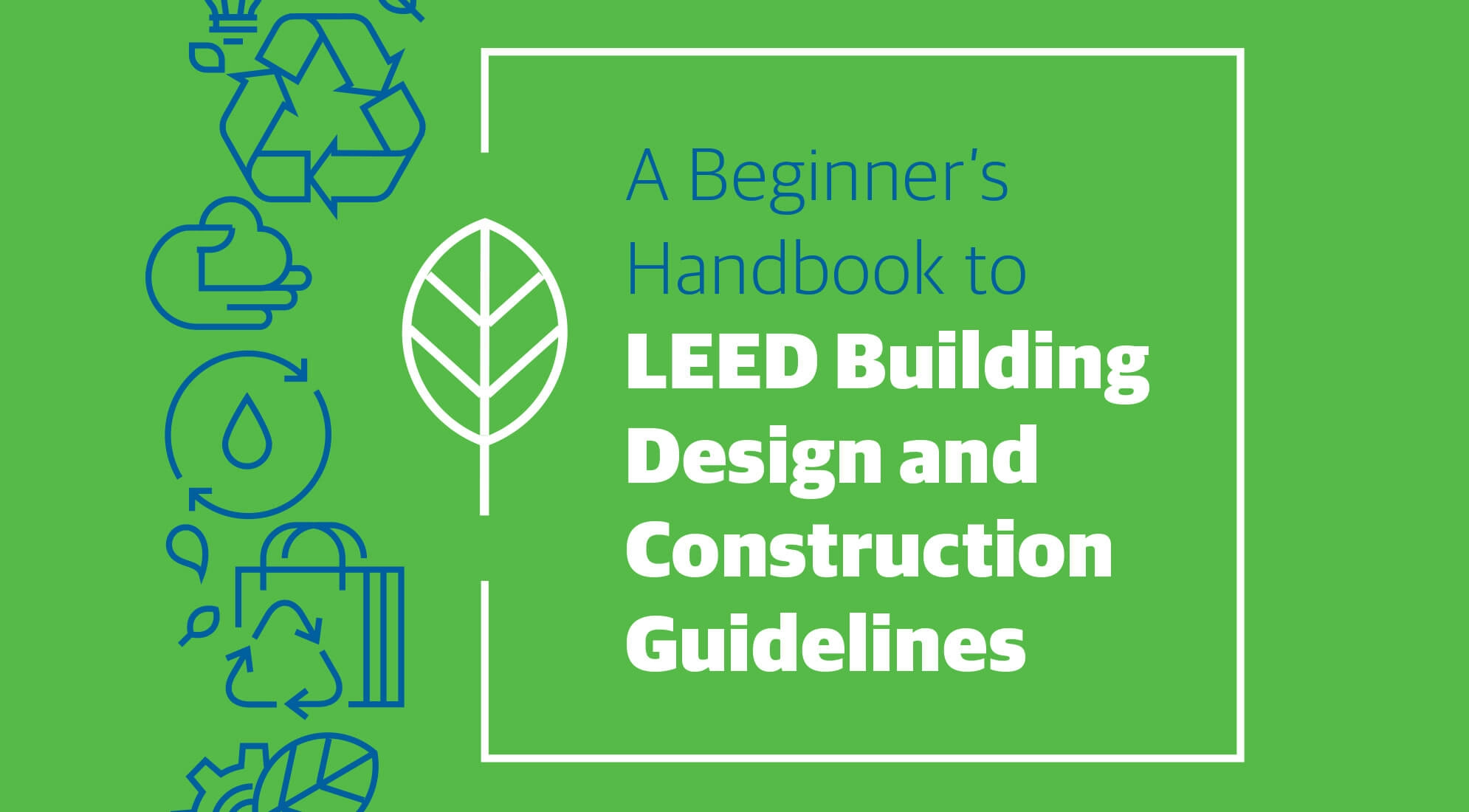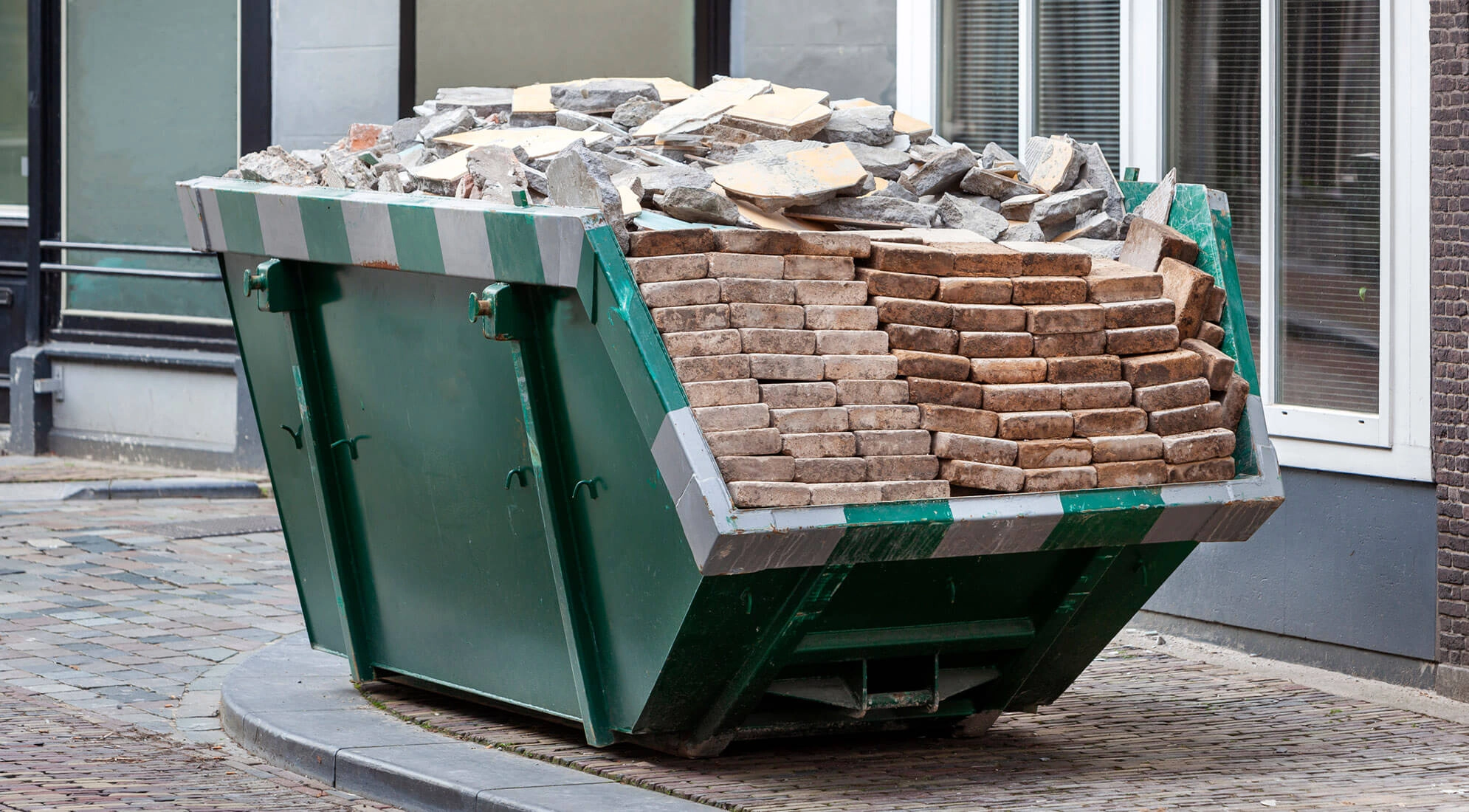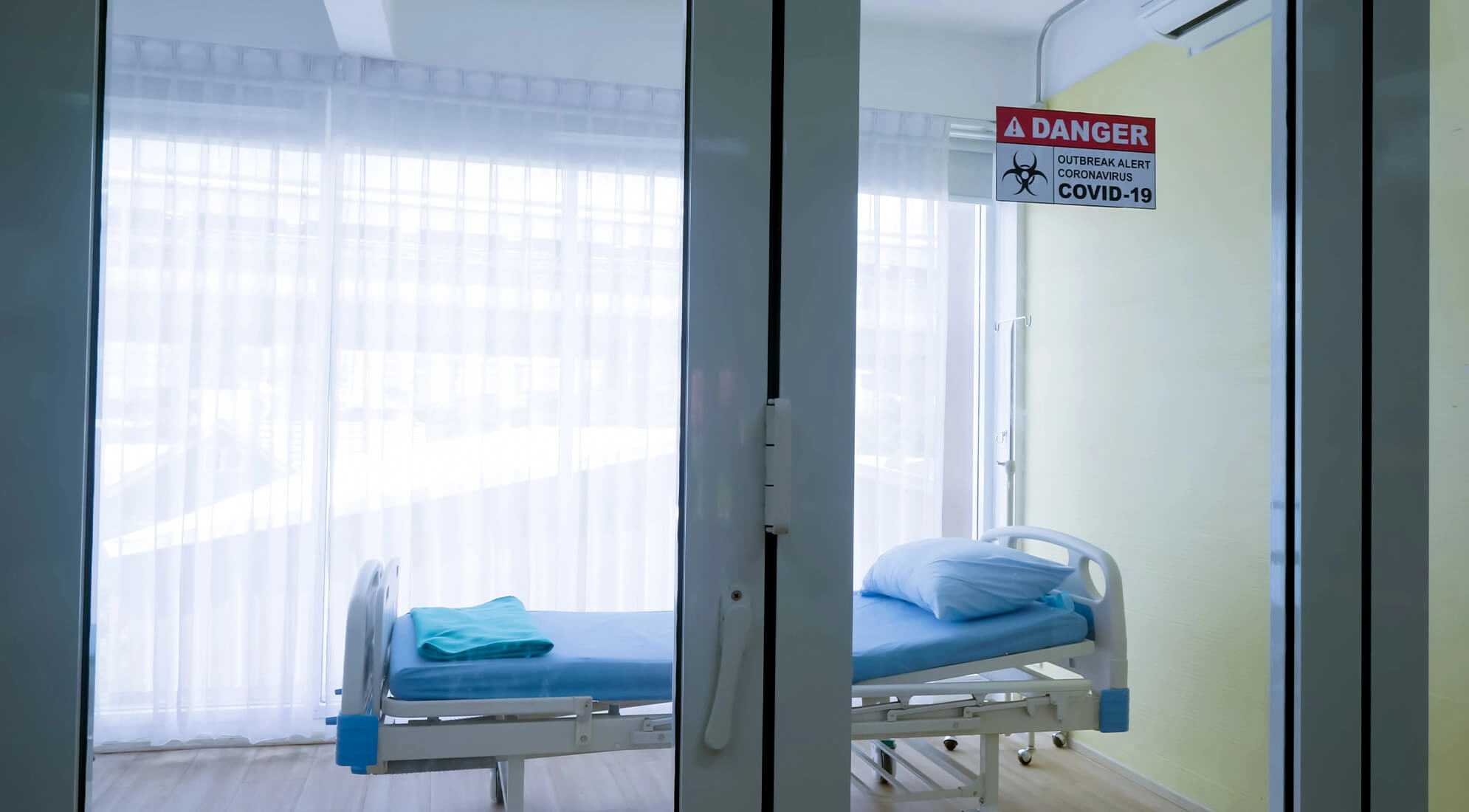
The COVID-19 pandemic has drastically shifted priorities for many organizations. With tighter budgets and less financial wiggle room, there has been an increased focus on tools, strategies and best practices that can maximize efficiency and improve productivity without straining the budget.
Capital planning software is one of those tools. By providing the data needed to prioritize spending, unify facilities information, make important facility changes and maximize alignment, the right capital planning software can help you effectively manage tight COVID budgets, execute effective capital planning and control out-of-range costs.
Here’s how to adapt your capital planning software to facilitate a smooth return to work and make sure that you have accurate facilities assessments.
COVID-19’s Impact on Businesses in Higher Education and the Public Sector
Many organizations are facing key challenges and changes to their facility budgets due to the COVID-19 pandemic and sweeping stay-at-home orders. The most prevalent among these include:
Accelerated Planned Work and Schedules
On one hand, COVID has presented the unique situation of low-to-no occupancy within most facilities. This presents a great opportunity to accelerate and prioritize any planned facility work so that it’s finished before reopening.
Increased Scope and Capital Spend
The scope of renovations, in particular, is increasing during the pandemic because efforts that were previously seen as off-limits or disruptive to day-to-day work are easy to complete during low-no occupancy.
Similarly, facility managers are trying to replace critical equipment and complete upgrades while their facilities are unoccupied.
Capital Budget Reduction
Many capital budgets have been reallocated to support unforeseen business costs due to COVID. This has ultimately changed capital plans and project prioritization.
Evaluation of Systems and Spaces
Many businesses are taking this time to evaluate the resiliency of their systems, equipment and facilities post-mortem to really identify how COVID has impacted operations.
In the same vein, decision-makers are reevaluating spaces as businesses consider how to facilitate the return to work. This will likely include the installation of barriers, reconfiguration of open spaces, installation of sensors and other key measures to allow for social distancing and minimized contact.
In short, there’s a lot of planning that needs to be done during and after COVID – and the pandemic actually presents the perfect opportunity for many facility-related projects endeavors. Here’s how you can maximize those efforts and make the most of this unique time.
How to Maximize Your Software for Capital Planning During COVID
You can leverage your facility assessment data – using the VFA software for reporting, budget prioritization and project creation – to inform important facility decisions. In the long term, this can help your company overcome COVID-19 challenges and respond with agility to changing circumstances as your priorities and your budgets shift. More specifically, you can:
Identify Areas Where You Can Expand
First, you can immediately query the database and look for related requirements to current capital project selection. This can give you an idea of where those expansions of scope could occur during moments of low to no occupancy.
Understand COVID’s Impact on Your Spend
Record and demonstrate the direct impact that COVID has on capital spend by facility. In other words, you can tag the requirements that you either need to execute immediately because there’s a COVID-related value or, on the other end of the spectrum, that need to be delayed due to budget constraints.
Modify Your Prioritization Models
The right capital planning tool is flexible enough to handle unforeseen situations like COVID-19, and it will be able to help you reprioritize your projects and strategies in such extenuating circumstances.
To accomplish this in VFA, you can simply put the “COVID” criteria into strategies that you already have. The system can quickly recalculate and modify the prioritization model to include those COVID-related data points entered and:
- Filter on COVID data points to understand the direct project needs
- Apply select COVID requirements through current or reduced budget to rank and identify top priorities
Communicate with Stakeholders
Using the COVID-related data and projections, you can communicate the pandemic’s impact and your future plans to important stakeholders and decision-makers.
Assistance for Your Capital Planning Efforts
Assessment Services
Over the last 20 years, our Assessment Services professionals have assessed 480,000 facilities in 50 countries and our team of experts has assessed over 5.5 billion square feet of facilities.
This team can perform property condition assessments for capital reinvestment to help you determine what major repair, renewal, compliance and upgrades are needed.
We can also help you implement a capital planning software if you don’t already have one in place to store your assessment data. This allows for dynamic strategic planning beyond a standard report so you can budget, plan and execute capital projects effectively.
Remote Assessments
There are ongoing travel restrictions and stay-at-home orders in place that make on-site facility access impossible in many instances, but it is still possible to get a high-quality facility condition assessment with Remote Assessments.
Created to suit our customers’ needs during the pandemic, these remote assessments enable you to move forward with their condition assessments even in a remote context.
Here’s how it works. We start by expanding on our iterative modeling approach and using a facility’s documentation and drawings, a Q&A process, online resources like Google Earth and expanded request forms to get the information we need for an effective condition assessment. During this process, we do the majority of the heavy lifting, presenting our clients with a rough estimate of what materials and equipment we’d expect in a given facility. The client then confirms or modifies that information to match their facility’s reality.
After the information is clear and accurate, assessment professionals will provide:
- Quantity take-offs
- Age and condition adjustments beyond installation and expected useful life
- Developed cost estimates using RS Means to develop install and renewal costs and short or long-term reinvestment
- Current replacement value (CRV) developed and facility condition index calculated
In short, it’s all the information that a client would receive from an in-person assessment, gathered in a remote environment.
The Value of Comprehensive Facility Assessment
A comprehensive facility assessment can be really helpful to your business, allowing you to:
- Capture and defend your budget
- Effectively and objectively prioritize your capital projects based on tangible data and results
- Reduce risk through increased understanding and planning against any areas of concern before you have a problem or a failure
- Lower costs and reduce emergency repairs through improved project planning
- Move from reactive to strategic capital planning
- Improve customer satisfaction
- Ensure that your spending supports your broader business objectives
- Avoid new construction by helping you find new ways to invest in your existing properties
How We Make Condition Assessments Safe During COVID
Traditionally, condition assessments requires our experts to spend 40% of our time on-site at your facility. COVID-19 stay-at-home orders, of course, have restricted travel and access in many places, so we had to rethink our operating procedures with personnel safety top of mind.
Today, we have made many changes to our procedures and practices to ensure that condition assessments are completed safely and effectively. We have:
- Developed a decision tree to determine if assessments could be performed safely during COVID.
- Developed COVID safety operating procedures (including PPE, social distancing, etc.).
- Developed required daily health and safety checklists for field personnel while they’re out on site. This allows us to monitor and conduct contract tracing if symptoms were to arise.
- Set parameters to enforce social distancing practices.
- Developed on-site client acknowledge form to ensure that we follow all of your safety policies and that minimum requirements are met.
- Phased our on-site and travel approach, starting local and ramping things up from there as safety permits.
- Procured needed PPE based on needs and availability per region/country.
- Legal support in each region and county to evaluate the ability to operate as “Essential Services.”
The COVID pandemic has dramatically shifted business priorities and put many existing projects on the backburner. Capital planning should not fall in that category, as this time of low-to-no occupancy presents a unique opportunity to complete facility projects and effectively reallocate spend.







